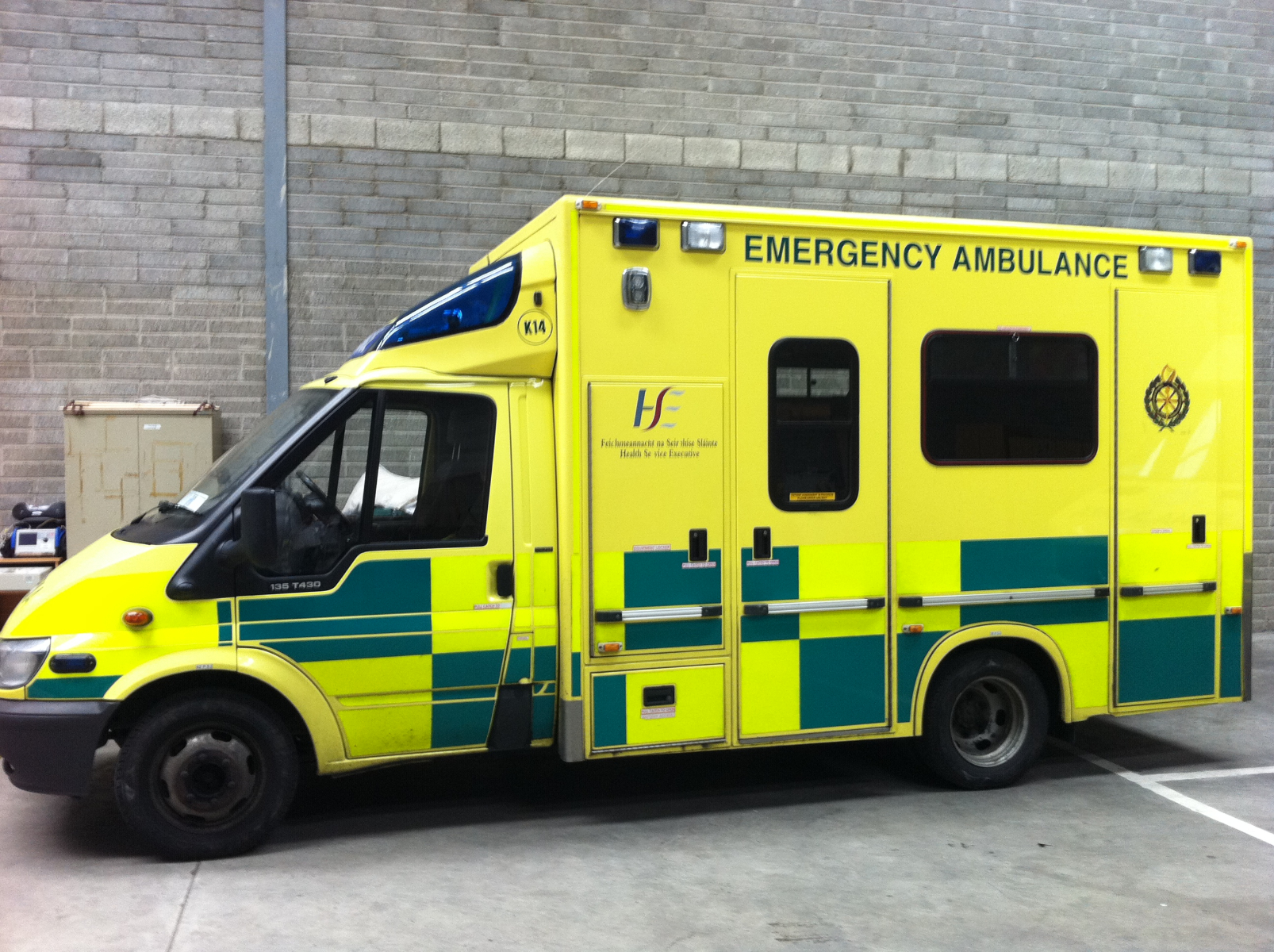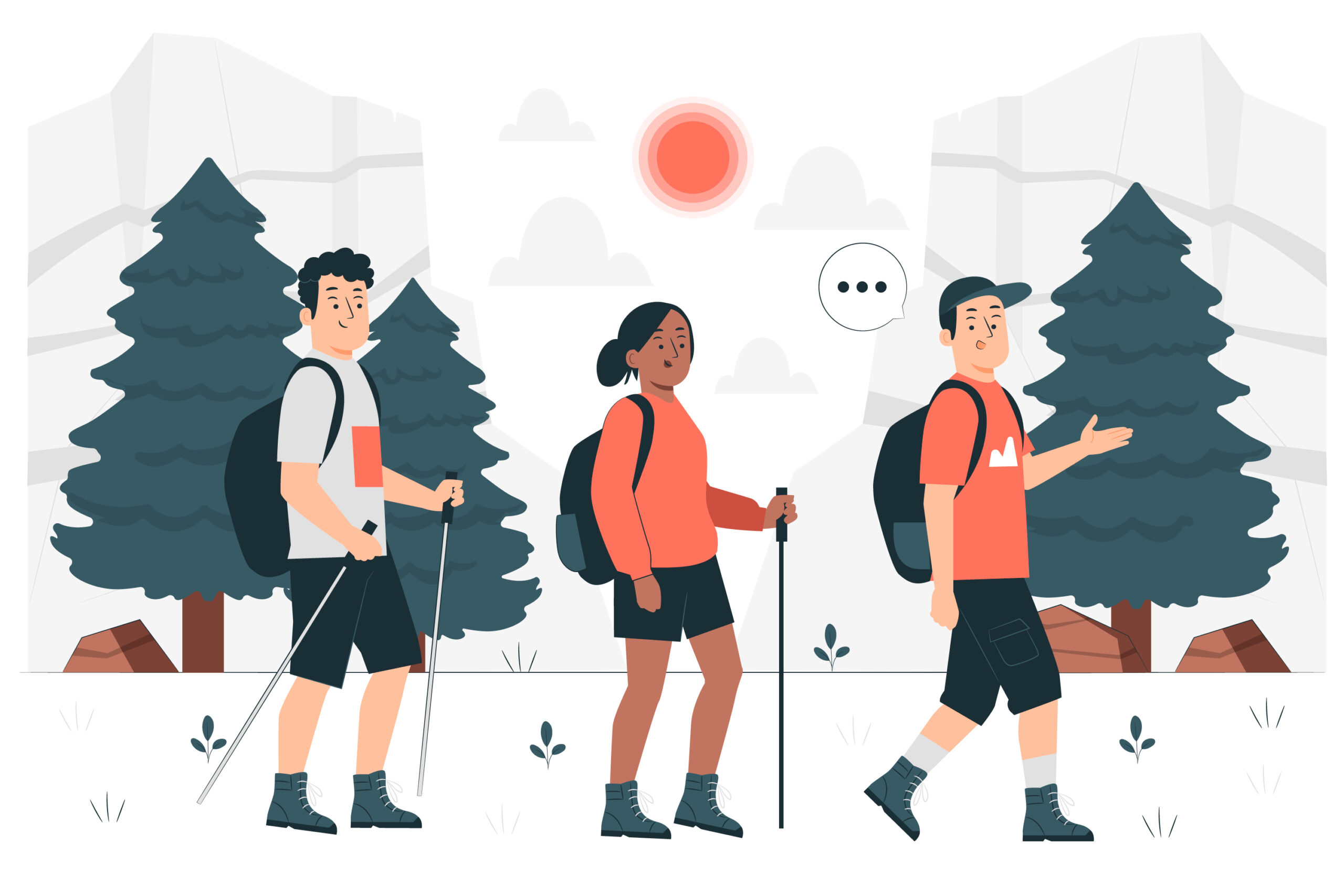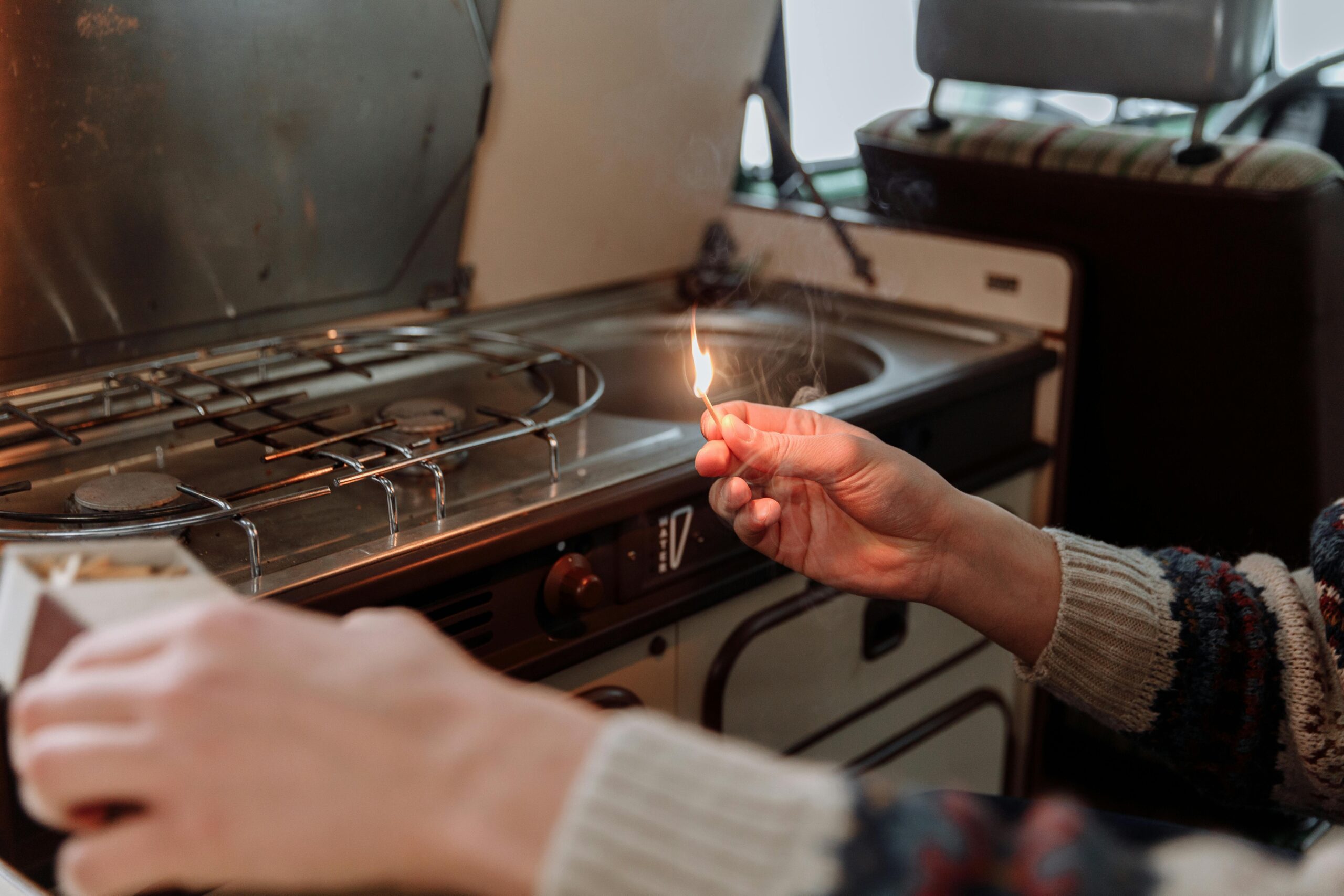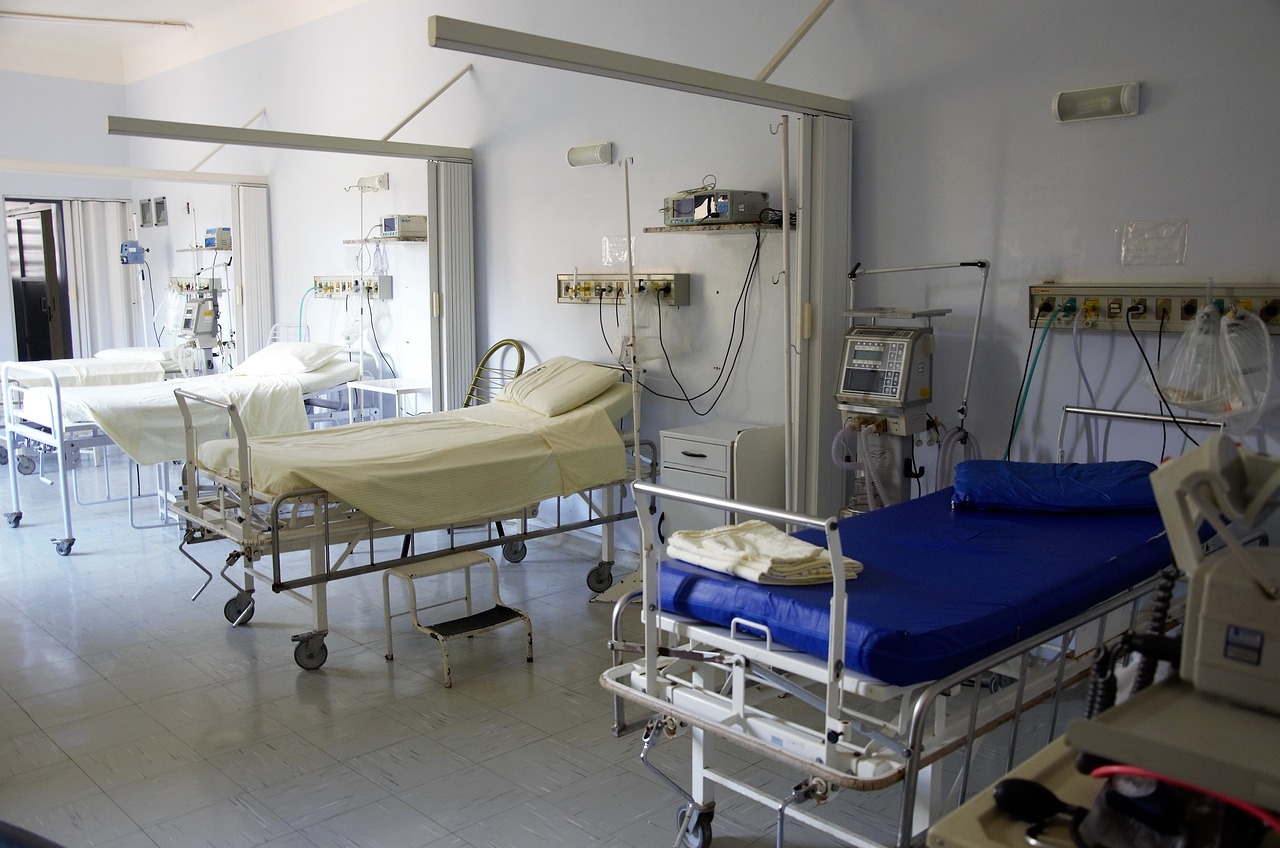Essential First Aid Tips Everyone Should Know

Everyone should be aware of the essential first aid tips that could potentially save a person\’s life. Jonathan Lynch is a community engagement officer and paramedic with the National Ambulance Service. Here he gives some first aid tips and emergency advice.
Cardiac Arrest
When someone collapses it could be cardiac arrest. This can happen at any age. If they are unresponsive, call 999 or 112, then check for breathing. Tilt the head back and listen for about five-10 seconds. If they are not breathing, and you are alone, start chest compressions. Place your hands at the centre of the chest, between the two nipples. Push down hard and fast. The emergency call-taker will advise you.
If there is somebody else with you ask them to find the nearest Automated External Defibrillator (AED). Many communities have them. It’s important to know the location of your closest one. Once it arrives, switch it on, and it will tell you what to do.
Burns
- Put the injured area under cool water for a full 20 minutes. This really reduces the risk of complications. A few minutes is not enough. Don’t use burn gels over water. Only use them if cool water is not available, or after water.
- Remove clothes and jewellery in and around the injury, but not if they are already stuck to skin.
- Cover the burn area loosely. Cling film is ideal, or a non-fluffy cloth. If it is a large area, like a forearm, keep the person warm to prevent hypothermia.
- A visit to the emergency department may be required for even minor burns on the face or hand, if the burn appears white or chalky, or for chemical or electrical burns.
- Call 999 or 112 if the burn is above the neck; it covers a large area; they have difficulty breathing or become unresponsive.
Hypothermia
Hypothermia happens when body temperature drops too low. It is often a secondary injury, for example when waiting for assistance on cold or wet ground. If they can’t be moved, cover them. If the injury allows, place something under them for insulation.
First aid kits often have foil blankets, but you need to make a sandwich of heat with the foil. A layer of coats or blankets, the foil and then another layer. And remember: 30 per cent of heat loss is through the head. Don’t leave them alone. If they are fully alert give warm drinks. If you can get them to a place of warmth, take off any wet clothes and replace with dry ones.
Possible Spinal Injury
With falls from heights, car crashes, sporting accidents or anywhere there’s a high impact at velocity, the greatest risk is that the spinal cord will be affected. Don’t move the patient until they can be assessed, unless they are in immediate danger.
Call 999 or 112, while waiting for help, kneel behind the person, rest your elbows on the ground or on your knees to keep your arms steady and hold their head in place. Explain to the person what you are doing and encourage them not to move. If they are trying to move don’t force their head down, as you could cause more damage.
Suspected Fracture
- Look for deformity or swelling around the site, and pain or difficulty moving. If it’s an open fracture you may see the bone.
- Advise the person to keep as still as possible. To stop movement hold the joint above and below the injured area.
- Place padding around it for support. For an open fracture with bleeding, cover the area with a sterile dressing and apply pressure, but not on the protruding bone itself.
- If they are in significant pain, particularly with lower limb fractures, call 999 or 112. Avoid moving unless they are in immediate danger.
Seizures
Sudden loss of responsiveness, a rigid body and jerking uncontrolled movements are seizure-type behaviours, usually associated with epilepsy, but not always. They can appear very scary but usually resolve quickly:
- Clear the area around the person to make it safe. Do not restrain or hold them down, or put anything into their mouth.
- Pop something under their head, like a towel or a coat, and loosen clothing around the neck.
- Most seizures only last a couple of minutes, but make a note of how long it is.
- Afterwards, place them on their side, and keep the airways open by tilting their head back.
- Call 999 or 112 if: they stop breathing; it is their first seizure; they have repeated seizures; the seizure lasts longer than five minutes; or they injure themselves.
- Children can have seizures associated with fever. Cool them down by taking off bedding and clothing, and get fresh air circulating.
Nose Bleeds
These are usually treated at home. Sit or stand upright. Don’t lie down or tilt your head back. Lean forward a little, pinch your nose just above the nostrils for about 10-15 minutes. Go to the ED or call 999 or 112 if: a nose bleed goes on longer for 15 mins; there is excessive bleeding; the patient has swallowed large amounts of blood; they have had a blow to head; they are feeling weak or dizzy or have difficultly breathing.
Hyperventilation
This is unnaturally fast or deep breathing caused by anxiety, emotional upset or panic attacks. The person may become faint and feel tingling and cramps in their hands and legs or in the mouth. Reassure them that this is normal. Get them to a quiet place and help them to slow breathing down by repeating: “big deep breath in. Big deep breath out.” Don’t breathe into a paper bag as this can worsen certain conditions.
Choking
If an airway is partially blocked – the common one is food – encourage them to cough as much as possible to try and move the object. They are still getting air in and out, so it’s important not to panic. If that doesn’t work go to the ED or call 999 or 112.
If somebody has a full obstruction, where they can’t breathe, cough or speak, deliver five blows with the heel of the hand between the shoulder blades. If that doesn’t work stand behind the person. Put their arms around their waist. Place one hand as a clenched fist between their belly button and the bottom of the chest, and with the other hand grasp that fist and pull sharply and inwards up to five times, checking their mouth each time to see if anything came out. Repeat these actions and have someone call 999 or 112.
Cuts/Wounds
If blood is flowing very quickly, or it won’t stop, call 999 or 112. For standard cuts and wounds, clean under running water or with sterile wipes. Dry and put on pressure by covering with a sterile dressing. Raising the wounded area above the level of the heart also reduces blood flow. If there is a foreign object in the wound, or it is from a bite – either human or animal – seek further assistance.
Source: The Irish Times
You might also like
For relevant updates on Emergency Services news and events, subscribe to EmergencyServices.ie









